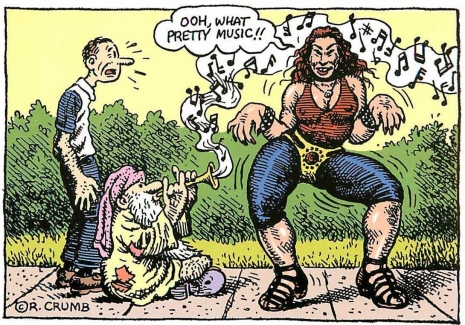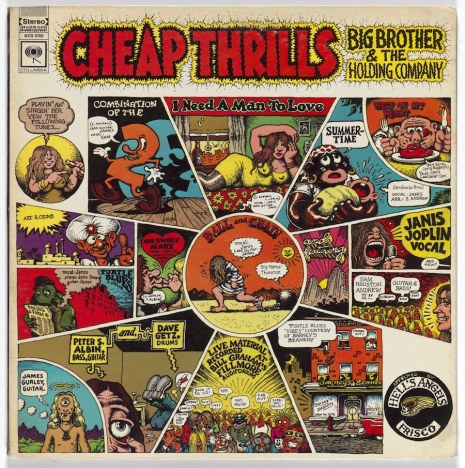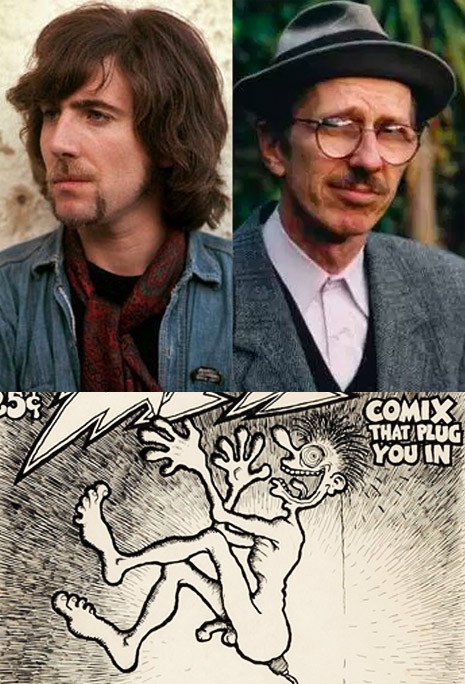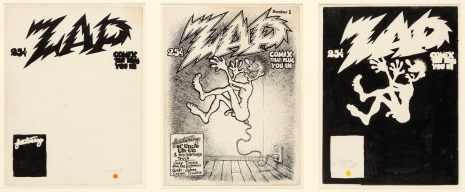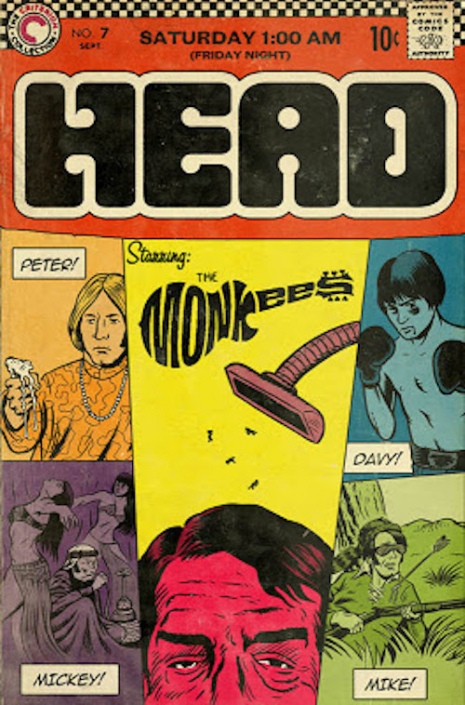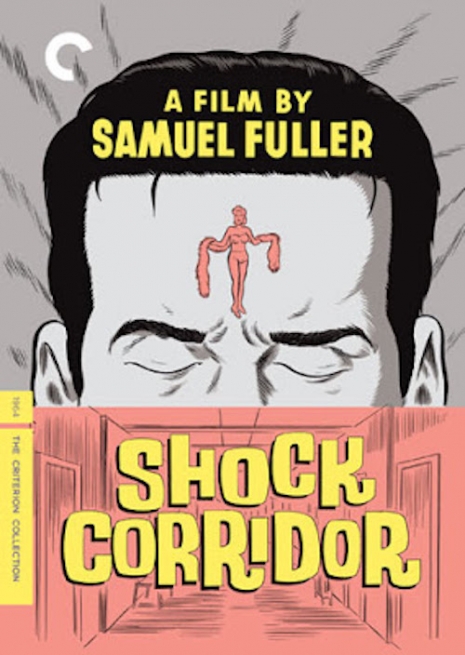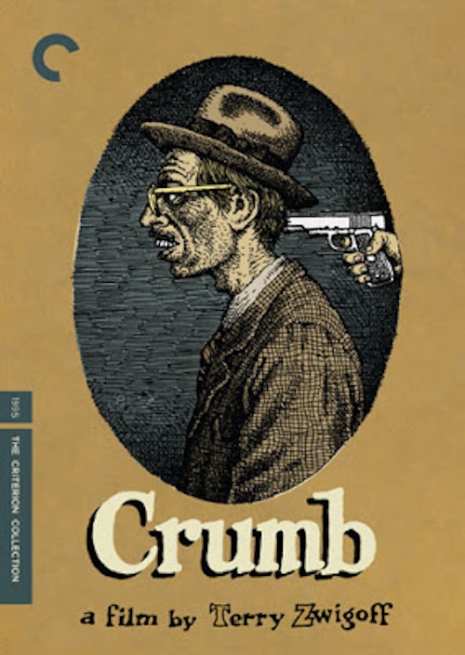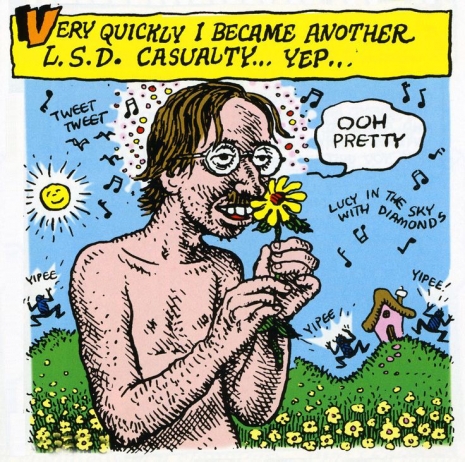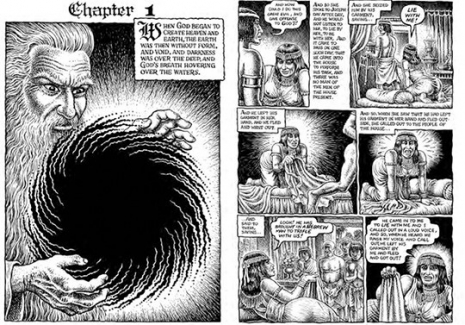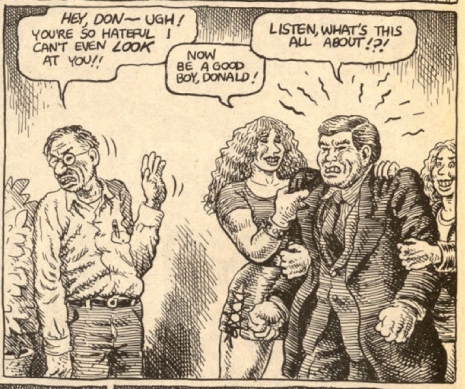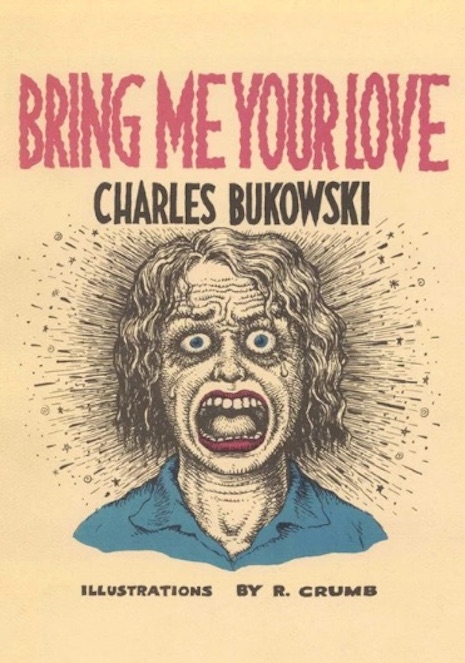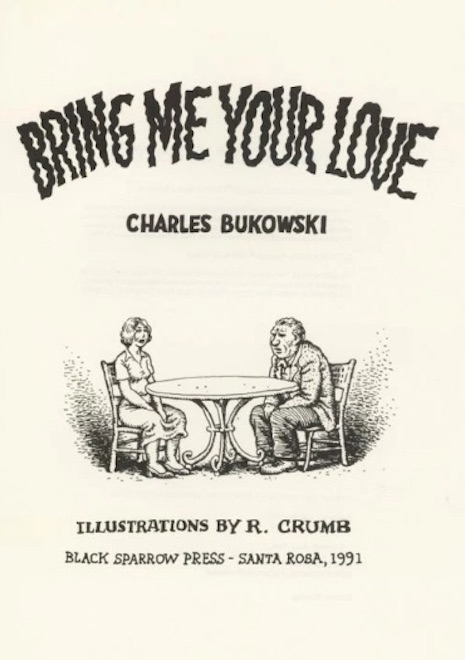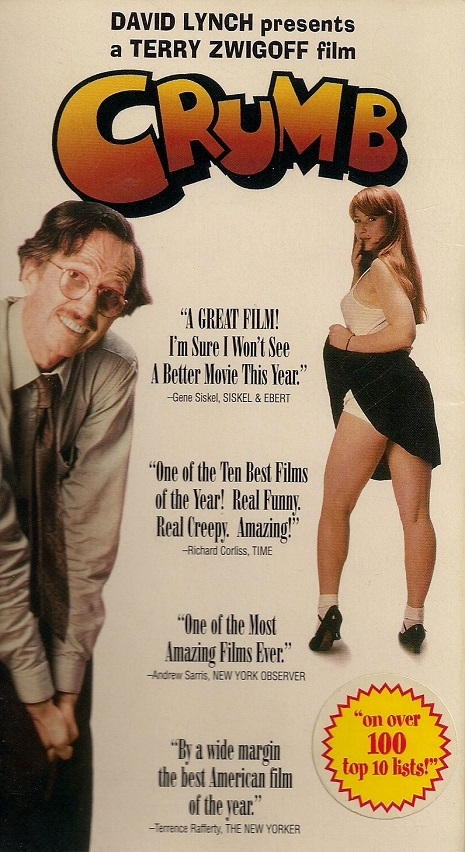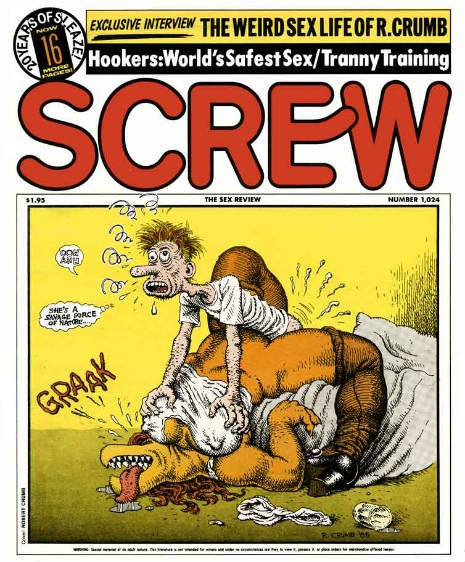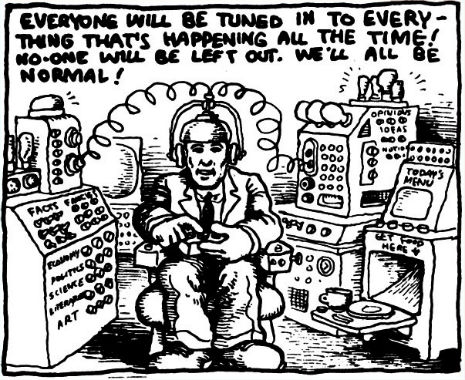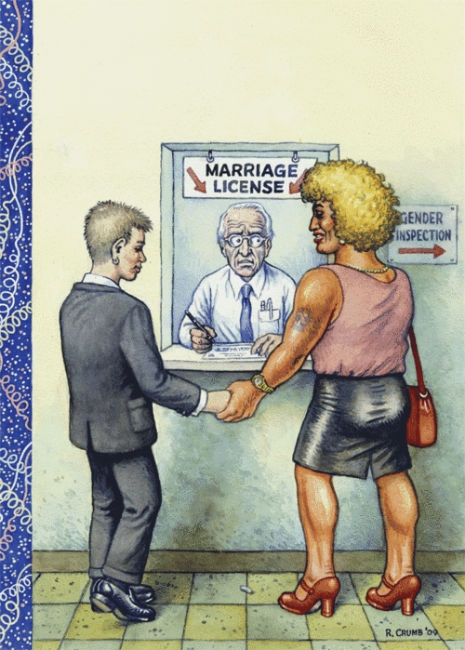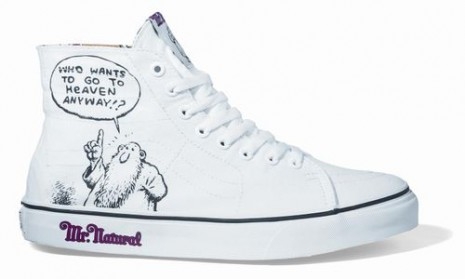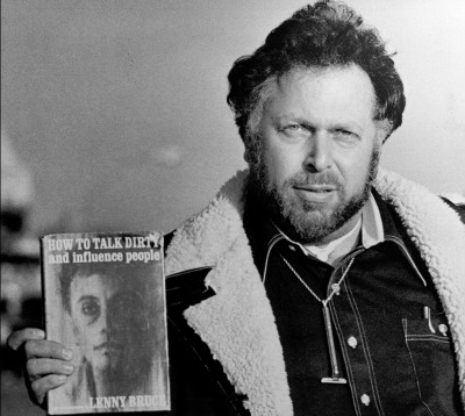
The term “public” or “cable access” can mean a lot of things to a lot of people. For some, visions of two bewigged Aerosmith loving dudes in their basement immediately spring to mind, even though that film came out well over 20 years ago. (There’s a harrowing thought for you!)
For others, the term means a mode of truly democratic expression, free from Madison Avenue standards and middle-of-the-road network TV conventions. One cable access show that fit that bill to the extent of challenging community standards was Al Goldstein’s brilliant and often infamous Midnight Blue.
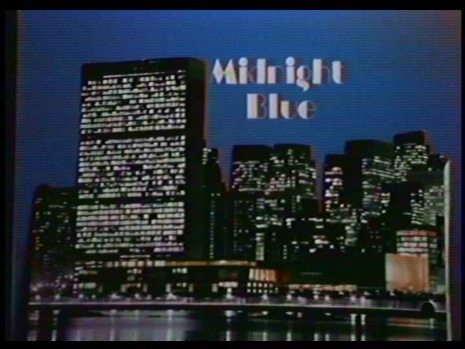
Starting in 1974 on Manhattan cable, Midnight Blue went on to have a lifespan of over 25 years, making it more tenacious of an animal than any of its peers. Most TV shows are lucky to make it the ten-year mark, much less 25. Taking all of the cultural subversiveness and unapologetic sleaze from its progenitor, Screw magazine, Midnight Blue challenged first amendment issues, scored some brilliant interviews and featured some of the strangest commercials to have emerged in the sexual Wild Wild West era of the 70’s and early 80’s. We’re talking swingers clubs, including the notorious Plato’s Retreat, phone sex lines, some rather unfriendly looking vibrators and, my own personal favorite, synthetic cocaine. Where else were you going to see an ad for faux coke? It certainly wasn’t running during Too Close for Comfort!

The beating heart and soul of Midnight Blue was the man himself, the late, great and inimitable Al Goldstein. A larger than life figure, whose humor, rage, smarts, self-effacement and pure dedication to speaking his mind no matter what consequences may emerge, Goldstein was the living definition of brass balls. Whether it was bragging about his cunnilingus skills, ranting about any number of hypocritical politicos and Hollywood celebs, ranting about a photo lab store in Queens, ranting about the sandwich he had earlier or just ranting in general, any chance of a dull moment was neatly incinerated by the presence of Al Goldstein.
One of the hallmarks of Midnight Blue was the wild array of interviews featured on the show. Over its tenure, the guest list ranged from adult industry pioneers like Harry Reems and Georgina Spelvin to celebrities like Debbie Harry, R. Crumb and the absolute zenith, Gilbert Gottfried. The Gottfried interview is a thing of comedic divine wonder, as if the humor gods snorted a megaton of amphetamine and then touched the shoulder of the already brilliant comedian. It’s a riffing onslaught that involves oral sex and Colonel Sanders, among other topics. Seeing Goldstein laugh so hard that he can barely wheeze out a question is the proverbial cherry on that cake.
The beauty of both a publication like Screw, as well as having an access show like Midnight Blue is the proto-punk rock nature of it all. There are some that tend to write off both creatures as just another passenger car on the smut train but doing so is not only an injustice to Goldstein and company’s hard work, it is an injustice to yourself. Subversiveness and a willingness to explore sexuality as the strange, multi-faceted creature it is, ruled Goldstein’s work. The man was openly bisexual back in the 1960’s and in fact, Screw was one of the very few adult related mags that would advertise both straight and gay films. (For more information, definitely check out Mike Edison’s brilliant book, Dirty! Dirty! Dirty!) If you look at Midnight Blue et al and all you see is tits, then you are only seeing the most obvious, superficial layer.
Years later, a lot of the cultural hangups that were attacked front and center on Midnight Blue are still the same. If anything, it feels like our culture has devolved a little bit since the apex of Goldstein’s work. The communication landscape has most definitely changed. Print medium, while still existent, has become more and more overshadowed by its digital counterparts. Cable access still exists, but has dwindled significantly over the years, though its seeds have sprouted into sites like YouTube, Vimeo and millions of blogs. But no matter what, the legacy of Al Goldstein and Midnight Blue will always live on as a surely pure testament to the necessity of thumbing your nose at the status quo and creating something irreverent, id driven and occasionally really sharp. Midnight Blue might be cold in the hard ground at this point but its spirit, thanks in part to DVD companies like Blue Underground and the aforementioned YouTube, will continue to live on. And with that, so will the legacy of Al Goldstein. There will never be another.
